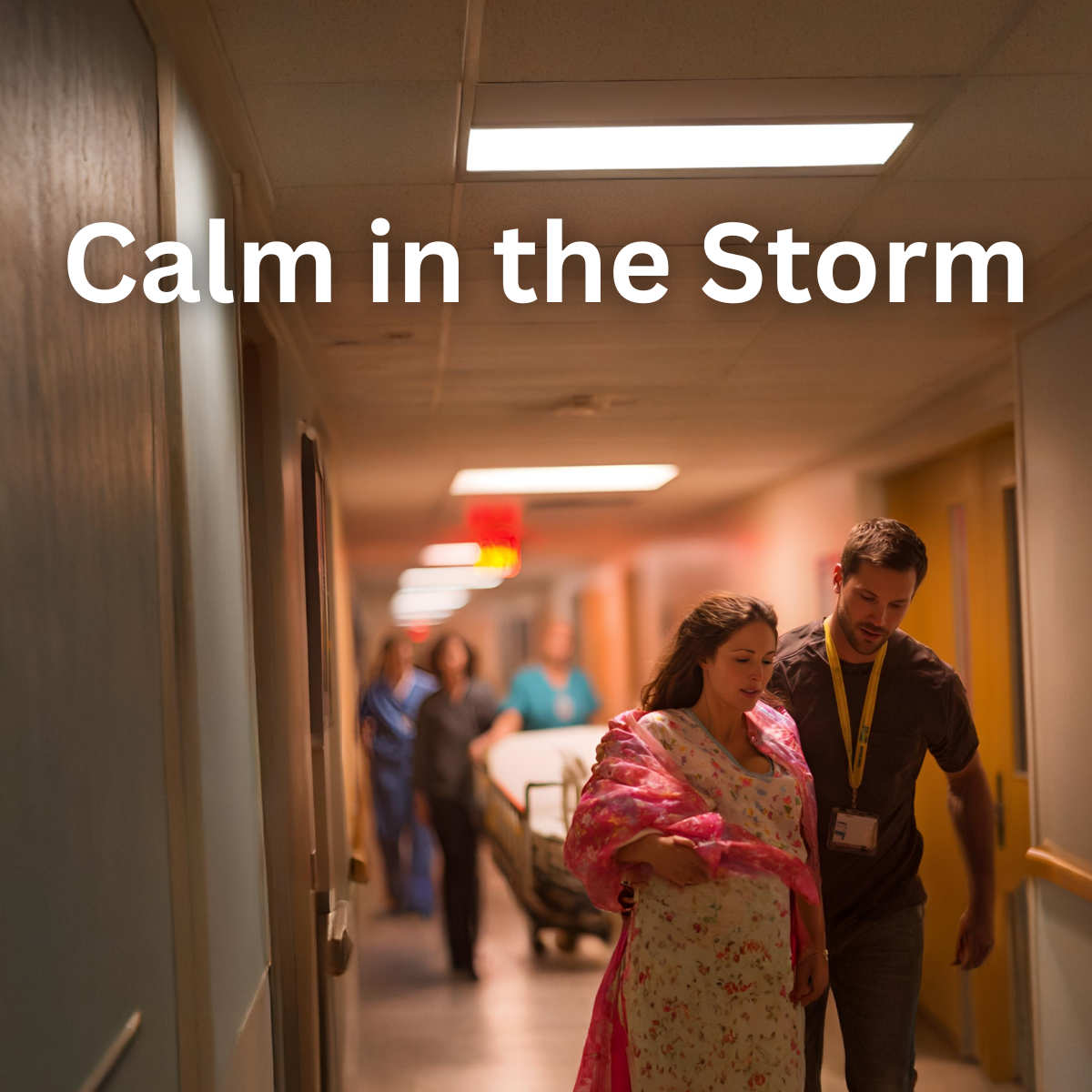When you are in a crisis, the hardest thing to do is to stop, slow down, spend a few moments, and be calm. Every instinct is to rush to the problem and solve it, or to escape from the situation. However, this is an important moment because so many mistakes are rooted at this very point. The urgency of a crisis is almost always exaggerated.
A perfect example is the husband rushing his wife, who is pregnant for the first time, to the hospital as you see in movies. This, by the way, rarely happens with the first baby. If there is going to be a rush like that, it is more likely after the third or fourth child, when the parents know the drill and understand how long the process really is. The husband is panicking, running around, driving too fast, and the scene is depicted as an imminent crisis. In reality, the birthing process is not like this at all; if you were to take a step back, you would realize that the first few regular pressure surges are just the beginning of a process that takes several hours. With our children, the pattern was obvious enough to see. With our first child, we were in the hospital for a long time; by the time the third child came, we were confident and did not show up until we absolutely had to be there.
The point is that during moments of extreme excitement and stress, the inclination to slow down and relax is not easy at all. It takes experience, and time under pressure, to understand the reality of what you are facing. Once you do, you can take a moment, assess, and figure out when and if you need to take action.
This is always the challenge in a startup environment. Everything for an early-stage founder feels like a crisis, and the desire is to be on fire, to push the limit, to make immediate and quick decisions. The feeling is that if I am not doing something, I must be failing. However, the reality is that this is most likely exaggerated. There is no harm in taking a moment to rest, relax, reassess the situation, and determine the best and wisest course of action. The challenge for most people is not a lack of understanding to make a good decision; the issue is that they do not pause long enough to think through what is in front of them, to be sure they are informed enough to make a good one. This is why retrospective views are always easier in hindsight. You can look at a situation from a distance and easily point out the bad decisions that were made and what course of action someone should have taken, but that is because you are sitting in a calm, less intense environment and have the luxury to do so. Most hardworking, dedicated people will feel guilty or burdened by taking a time out, by taking precious time to sit quietly, reflect, or even get out of the environment for a few days. In essence, to be calm during the storm.
The military has a practice known as a tactical pause. People at lower levels are allowed to call one when they see a major issue that is going to prevent or harm the mission objectives. This tactical pause allows leadership to stop, take a breath, and assess the current situation, to determine the risks they are facing and whether they need to change course or adjust the plan. Often a unit can pursue a path toward a mission objective and fail to realize that the aim is no longer important, or that conditions have changed in a way that puts the unit in jeopardy. Building this capability into a team, to call for a tactical pause whenever necessary, allows teams to pursue objectives with enough autonomy to make changes based on a fast paced, changing environment.
In the end, the discipline to pause is not about delay, it is about seeing clearly. Speed without clarity burns energy and invites error. A brief moment of stillness gives you the space to separate noise from signal, fear from fact, and urgency from what actually matters. That is true in the delivery room, in the boardroom, and on a patrol route. Calm is not surrender. Calm is command.
Build the pause into your routine before you need it. When the pressure rises, step back, breathe, and ask a few simple questions. What is really happening? What decision must be made right now? What can wait until later? What risks are we accepting and why? Write the answers, even if only a sentence each. Then act from that vantage point. You will make fewer mistakes, you will protect your people, and you will conserve the strength you will need for the long road.
Make this your commitment. Choose the pause. Protect the mission. Preserve the team. Keep yourself steady for the work ahead.




